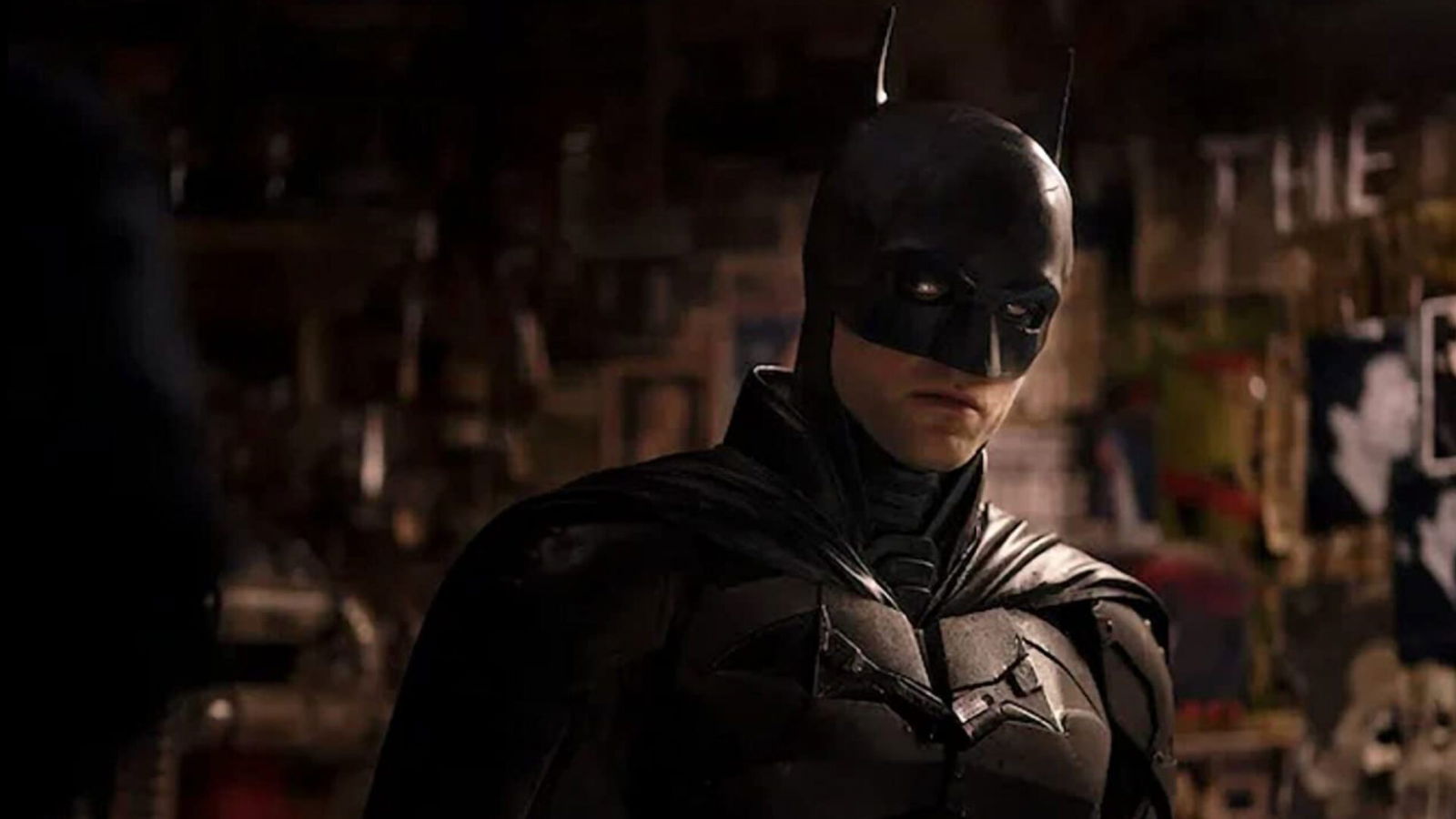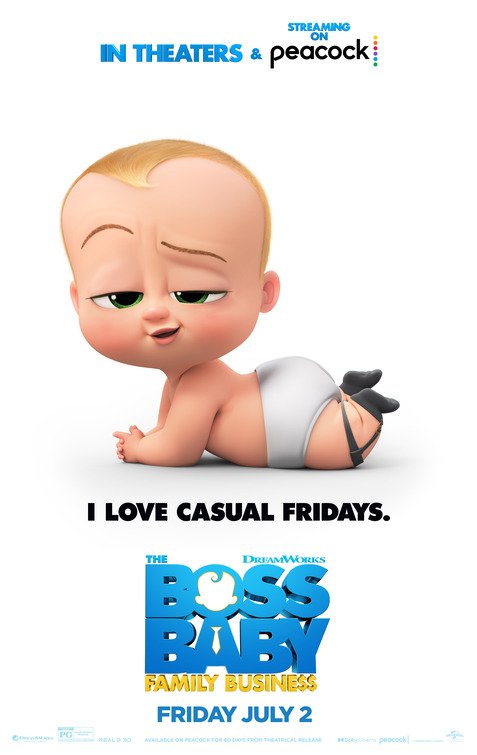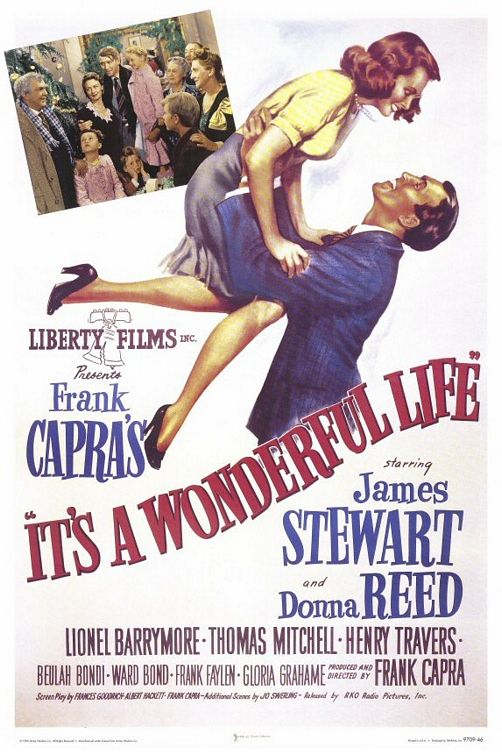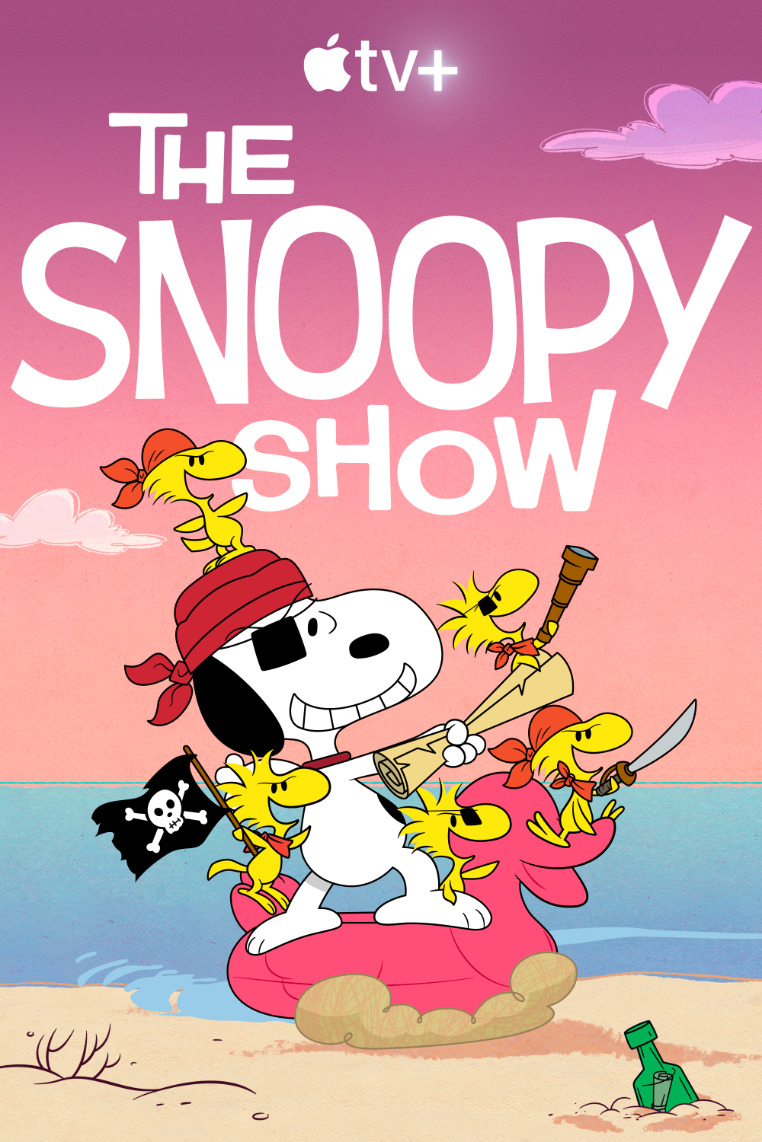
The Darkest Dark Knight? A Re-Examination of THE BATMAN
By Allen Rushing, Movieguide® Contributor
Upon the release of Matt Reeves’ THE BATMAN last year, several Christian commentators had harsh words for the film; but does the movie really present the darkest Dark Knight to date?
Dr. Albert Mohler, president of The Southern Baptist Theological Seminary in Louisville, Kentucky, opened the March 18, 2022 episode of his podcast “The Briefing” with the headline: “Gotham’s Dark Knight of 2022: The Darkest Batman Ever – To Match Our Cultural Moment.”
He said: “The movie, the character, the cinematography are so dark (emphasis in the original)….Originally, Batman was presented as something that might have been akin to a vigilante, someone who might well have been on the wrong side of the law by taking justice into his own hands. And that’s one of the reasons Batman has always been a somewhat more noir, a darker figure…..We are living in a time that is so morally exhausted that superheroes are now depicted as very, very dark…mixtures of good and evil.”
Citing as evidence of the increasingly dark depictions of the caped crusader, Dr. Mohler read a portion of a review of the film, in which the reviewer said: “Compared with THE BATMAN, the Batman of 1989 seems sunny.” For anyone comparing and contrasting Michael Keaton’s 1989 film portrayal of the comic book character to Robert Pattinson’s last year, the stark difference is clear.
Dr. Mohler concludes that DC Comics’ Batman, in this latest film, has all the dark ambiguity, violence, and tortured introspection of a film noir character: “When you’re looking at the general depictions of Batman, when you’re looking at the essence of his character, he really represents that moment” when our culture began to openly embrace the “darkness [that] has always been at the essence of Batman….In the Gotham of 2022, the world, the reality, the depiction, the characterization [is] only darker”.
Dr. Mohler is right that the film does reflect our current cultural state of deepening darkness. It reflects the tragic mood of our postmodern age with a corresponding aesthetic shift toward a darker view of life. Thus, 2022’s THE BATMAN is philosophically and aesthetically much more like Jeph Loeb and Tim Sale’s THE LONG HALLOWEEN than any earlier Batman comic.
In fact, Christopher Nolan and David S. Goyer, the directing and writing team behind THE DARK KNIGHT trilogy, cite this particular comic book (published by DC Comics in 1996/1997 and which won an Eisner Award in 1998) as the primary inspiration for their films.
Nolan: “As a filmmaker…THE LONG HALLOWEEN was one Batman story that really drew me in in terms of cinematic potential….[It] is more than a comic book. It’s an epic tragedy.” Goyer: “Tim Sale’s artwork accentuates that by relying on a restricted color palette and a strong usage of shadow.” Nolan: Exactly. “The artwork is fantastically noirish” (Jeph Loeb and Tim Sale, THE LONG HALLOWEEN, Introduction: A Conversation with Christopher Nolan and David S. Goyer).
But any work of art may reflect the philosophical assumptions of its time and place in one of two ways: our culture will either embrace the void and plunge ever deeper into the darkness of postmodern neopaganism until it destroys itself (like some of the characters in THE BATMAN), or, like other characters (such as Batman himself) it will critique this plunge by telling stories and taking actions that call people to cultural awakening and renewal.
And many aspects of The Batman give viewers hope that it has chosen to do the latter.
THE BATMAN’s titular protagonist is clearly a hero, and not a postmodern antihero. In the film, Batman upholds a biblical definition of justice which never degenerates to the vigilante vengeance practiced by antagonists such as the sadistic Riddler and mafia boss Carmine Falcone.
However, he is ready and willing to mete out swift justice in opposing evil and protecting the innocent. The brutal fight scenes punctuated throughout the film, in which it is clear that Batman sometimes kills agents of evil, are in keeping with a biblical view of defense of the innocent (Psalm 26:5, Isaiah 1:17, I Timothy 5:8).
He is also quick to consider the implications of his family’s past sins. He is distraught when he discovers his father’s dealings with the mob. Despite Alfred’s insistence that his father never intended the whole thing to go as far as it did, Bruce displays a biblical penitence for what he sees as his, his father’s, and his family’s past mistakes. This is doubly powerful when one considers the cultural moment in which this film was born, with the woke assault on the rich and privileged in our own society so closely mirrored in the corruption of Gotham’s institutions.
Batman demonstrates a strong contrast with the Riddler’s hatred and envy of the rich and powerful and Catwoman’s entitlement, rejecting the conclusion of conflict theory that springs from these Marxist presuppositions. He is quite willing to engage in a meaningful dialogue regarding past sins; but he is equally unwilling to exact retribution solely based on these past wrongs, real or perceived.
This point could not be made more clearly than when, after sacrificially putting himself in great danger to save the citizens of Gotham from the Riddler’s “final solution,” he states, “Vengeance won’t change the past….I have to become more. People need hope, to know someone’s out there for them….Our scars can destroy us even after the physical wounds have healed. But if we survive them, they can transform us; they can give us the power to endure and the strength to fight.”
All of these elements would seem to add up to a film which is strongly critiquing and challenging much of the darkness which marks the Western World’s cultural moment.
This is not to say that the film has no faults. A legitimate criticism of the film is its frequent use of foul language. As Cooper Dowd, writer and editor for Movieguide® points out in an article from March 8 of last year: “THE BATMAN pushed the boundaries of what constitutes an R-rating….Despite the lack of excessive f-bombs and nudity, THE BATMAN’s push for a PG-13 rating puts Hollywood’s disregard for God and the Christian audience on full display with excessive use of God and Jesus’ name as substitutionary, ‘less offensive’ curse words.”
Unlike other Christian reviewers, Movieguide® did however note the light as well as the darkness in the film: “THE BATMAN…has a strong redemptive, morally uplifting worldview where justice, hope, goodness, faith, and redemption overcome vengeance, political corruption and criminal behavior.”
This is an accurate assessment of the film’s content and message.
Commentators, viewers, and reviewers only pointed out the movie’s darker elements, neglecting to shade light on the strong elements of light shining in the darkness that abound in this latest Batman blockbuster.



 - Content:
- Content: 

